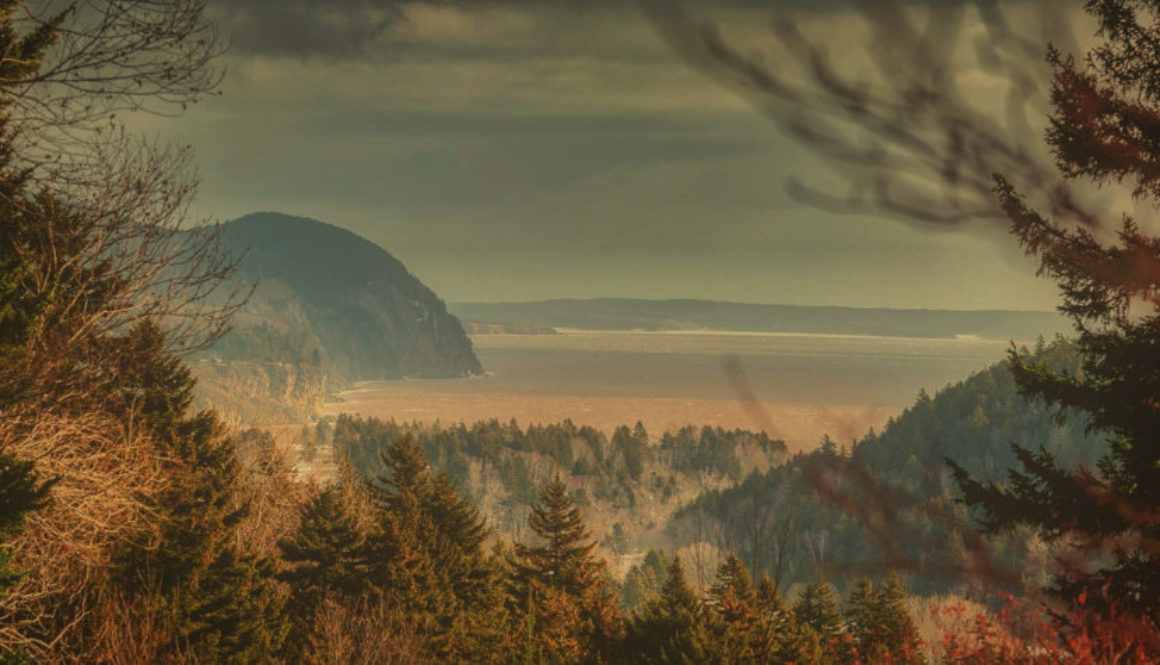Nature conservation is a smart insurance policy

A good insurance policy will protect you from an uncertain future; it will hedge against risk and allow you to respond in the event of an emergency. People invest in all sorts of insurance agreements, protecting themselves from accidents and events beyond their control. When it comes to the environment, the conservation of nature is a smart insurance policy.
The word “conservation” is becoming commonplace in the media, in political agendas, and in public discussions, but what does it really mean? At its core is a verb, to “conserve”, meaning to protect from harm or to maintain a certain state. “Conservation” is a noun, and in the context of nature it means to protect, preserve, or restore the natural world. When nature is protected, the natural state of ecosystems is maintained. In this state, ecosystems are healthy and functioning optimally, which means that they can continue to deliver the many goods and services that global society depends on for survival and wellbeing.
Ecosystem goods and services are the outputs of healthy ecosystems that provide benefits to humans. These include tangible goods, like food, timber, and other natural resources, and the less obvious services like air purification, nutrient cycling, and pollination. These goods and services underpin human life: our cultures, societies, and economies. If we are to protect ourselves from an uncertain future, which is imminent as climate change impacts are realized and biodiversity continues to decline, we need a good nature insurance policy.

Through protected areas, we can reduce the risk of losing ecosystem goods and services. When ecosystems are protected, they remain productive and become resilient to change over time. A system of protected areas, or a network, further reduces this risk by maintaining larger-scale ecosystem functions and safeguarding habitat for diverse species. A strong system of protected areas will prepare our communities for when strong storms hit, when rivers flood, and when other climate change impacts occur unexpectedly. Protected areas can also help our communities to become more sustainable by preserving healthy ecosystems that can support our economy with the continued delivery of ecosystem services.
The Government of New Brunswick uses different mechanisms to protect land, including provincial parks, national parks, and Protected Natural Areas. Non-governmental conservation agencies, like our colleagues at the Nature Trust of New Brunswick and the Nature Conservancy of Canada, enhance the protected area system by preserving nature on private lands. Despite these efforts, over 95% of the province’s landscape remains unprotected (CPAWS, 2018), putting New Brunswickers, ecosystems, and wildlife at risk. CPAWS-NB is working to support the establishment of protected areas across the province’s ecosystems, both terrestrial and marine, to build a nature insurance policy for future New Brunswickers.
Stay up to date with CPAWS national actions to protect Canada’s wilderness through the Keep Canada Wild campaign, and in New Brunswick on our website.
To learn more about New Brunswick’s and Canada’s progress toward national protected area goals, browse the annual CPAWS Parks Report here.
References:
Canadian Parks and Wilderness Society, CPAWS. (2018). Annual Parks Report: Parks andProtected Areas to 2010 and Beyond. Accessed July 30, 2018. http://cpaws.org/uploads/CPAWS_ParksReport2018_web.pdf
Julie Reimer is a PhD student at the Memorial University of Newfoundland and a Board Member of CPAWS-NB. Having worked in the whale watching industry in New Brunswick and conducted her Master’s research on conservation planning for the North Atlantic right whale, Julie is an advocate for MPAs in New Brunswick. Julie’s current research attempts to see the “bigger picture” of conservation, reaching beyond protected areas to understand the synergies between conservation actions and ocean industries. To connect with Julie, visit http://juliereimer.wixsite.com/hello.
Heading photograph:Dickson Falls Trailhead Lookout – Fundy National Park, New Brunswick, Photo by James Mann; Creative Commons License 2.0


